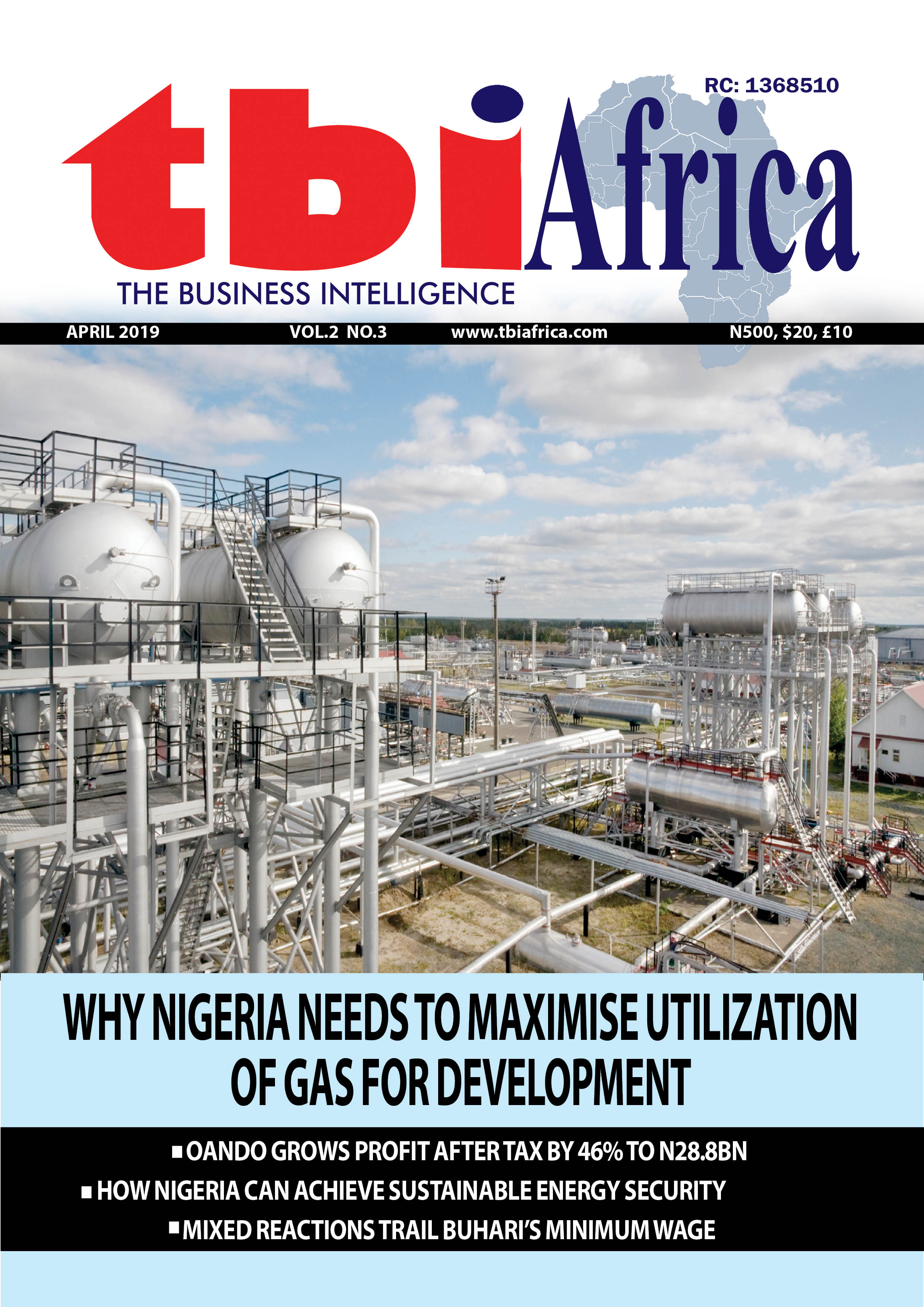Crude oil spot prices trended lower in August, extending the previous month’s losses. Sharp selloffs in futures contracts along with elevated volatility and softening crude buying interest in the spot market compared to the previous month, resulted in a price decline, the Organisation of Petroleum Exporting Countries (OPEC) said in its September 2022 Monthly Oil Market Report.
According to the report, easing concerns about a tightening market and oil supply tightness, specifically in Northwest Europe and the Mediterranean, contributed to reducing the risk premium for the Brent complex benchmark.
“Spot prices came under pressure in August due to a slowdown in buying interest, including from European and Chinese refiners ahead of the refinery maintenance season expected to peak in October and November.
Availability of unsold cargo volumes for September and early October loading put downward pressure on spot prices and crude differentials, which declined sharply compared to the previous month’s level. Softening gross refining margins, specifically for light distillates like gasoline and naphtha, and weakening petrochemical margins also weighed on spot prices last month. Refinery throughputs in the US and Europe remained little changed.
The supply outlook improved due to several factors, including the return of Libya’s oil production, the expected higher North Sea crude supply for October loading and sustained supply from the US Strategic Petroleum Reserves (SPR). The supply improvement has alleviated upward pressure on oil prices.
The supply of Brent, Forties, Oseberg, Ekofisk and Troll crudes (BFOET) ─the crude basket of North Sea Dated benchmarks ─ is expected to rise to about 0.8 million barrels per day (mbpd) in October 2022, compared to 0.6 mbpd in the previous month.
Spot prices declined more than futures prices in a sign that the crude market was better supplied than previously anticipated. This was reflected in the narrowing of the North Sea Dated-ICE Brent spread, which flipped to a discount in the second half of August. On a monthly average, the North Sea Dated-ICE Brent spread fell by a hefty $5.63 in August, which settled at a premium of $1.88/barrel, compared to a premium of $7.51/barrel in July.
In August, North Sea Dated fell the most month-on-month, by $13.01, or 11.6%, to an average of $99.62/barrel, while WTI and Dubai’s first month declined respectively month-on-month by $8.68 and $6.54, or 8.7% and 6.4%, to settle at $91.57/barrel and $96.33/barrel.



